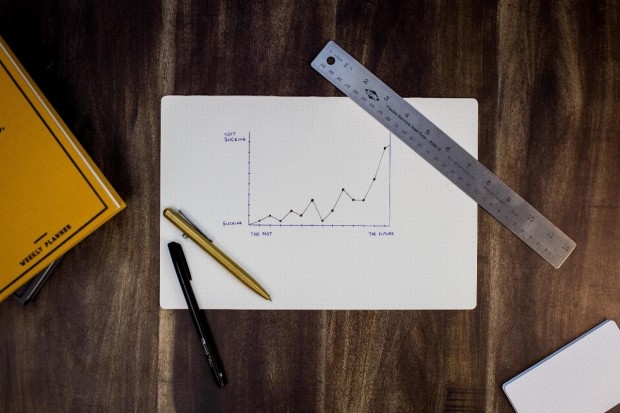Photo : 4 Tools You Need if You're Studying Data Science
Whether you're new to the world of data science or a seasoned veteran within the world of analytics, there are a number of core protocols that are needed to conduct your role within an organization. For that, there are crucial tools that every data scientist must utilize, and although there are numerous varieties to choose from, the core functions remain the same. Even among ever-changing technology and trends, these are just a few of the most important tools that are needed for the most basic and effective operations of accurate data science.
Tools for Performance Monitoring and Testing
While it would be possible to recommend some of the most current and effective platforms for each aspect of effective data science responsibilities, let's look past the evolving scope of trend-based systems and, instead, use a typical use case to understand the most important tools. First, let's look at the basic necessities for monitoring and testing the performance, imagining that your role is that of a junior data scientist at a small startup company developing SaaS solutions for monitoring. As a typical assignment, you may be tasked with prototyping a predictive model for integration in the SaaS offering in order to expand your knowledge base. Before you begin the development phase, you should first examine available deployed models.
For such a task, it's possible to access some example models through an internal dashboard viewer, allowing you to view the performance of various models first-hand and ultimately offer insight into their effectiveness in real-time, starting with an earlier version to the most current state. It's then possible to actively begin prototyping. For this, you'll need a tool that enables fast feedback loops of the data set, of which web-based notebooks are the most common modern solution, allowing for both testing many ideas and observing with an easy, streamlined workflow.
A good recommendation for this step would be TIBCO Spotfire, which can deliver Spotfire's AI-powered solution with built-in data wrangling and advanced analytics. You can even download your free Spotfire license and see its effectiveness as a data visualization and predictive analytics solution for yourself.
Tools for Seeing Prototype Through to Production
The next step following your prototype's visualization is getting it ready for production.
This is a creative aspect of your total process, but you'll still require the proper tool that will take your initial premise and data set and write the accompanying well-tested and version-controlled code. Ideally, an IDE (or, at the very least, a reliable tool to edit text) and a version control software. Atom and Git are both popular for such a task, although there are many other options to choose from, many of which offer a free trial or workable license agreement. And, assuming that you have done the prototyping with only a fraction, now you'll need to run your model with more datasets.
Post-Prototype Issues and Your Knowledge Base
Following your analyses, there is the possibility that this earlier version of your model doesn't quite work. Perhaps the ingested data set is too large to fit into memory. In order to solve this issue, a data scientist will require a tool for processing before passing the data to the model. In essence, you'll need a "big data" execution framework. Assuming that those issues don't occur, or your attempts to troubleshoot are successful, you may deploy the new model and assess its performance, ultimately planning theeir integration into your monitoring dashboard or viewer. Your knowledge base monitoring will truly come in handy now and your work any last-minute quirks.
For this final step, the last data science tool you'll need is a software to write-up some SQL queries, obtaining the metrics to draw-up interactive graphs that accurately display the entire process and productivity, from premise to completed model.
* This is a contributed article and this content does not necessarily represent the views of universityherald.com









